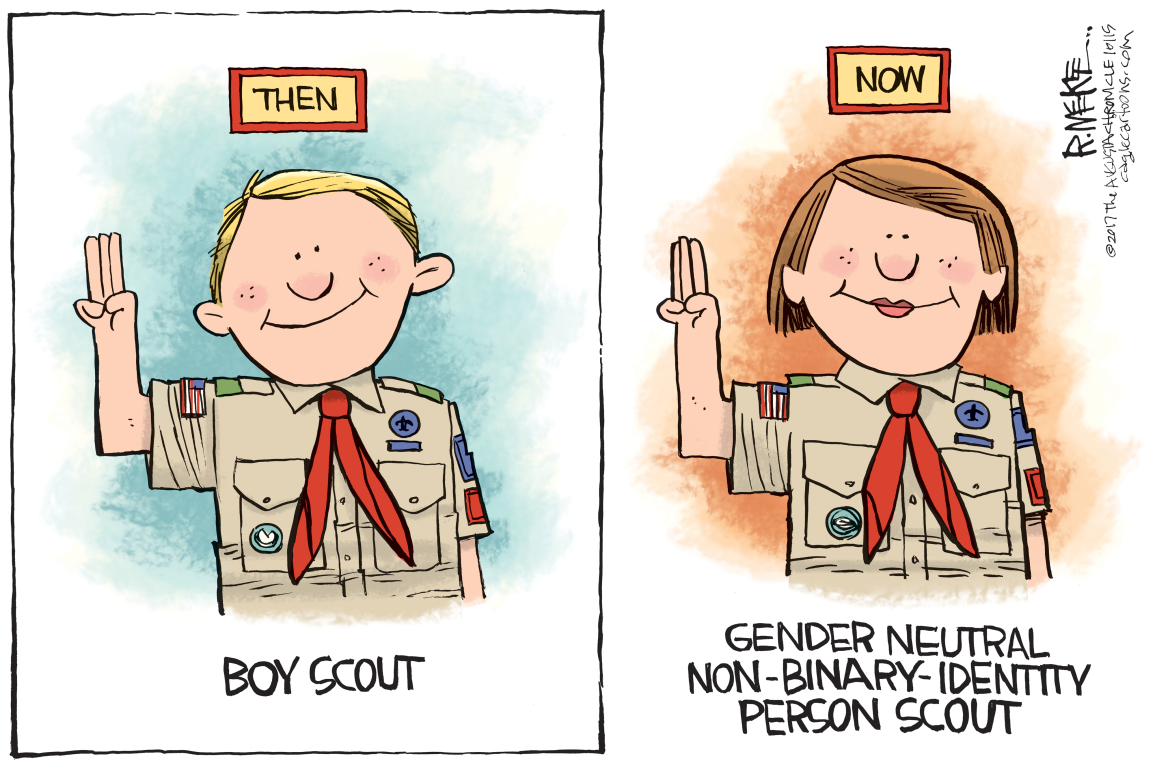This is the golden age of Artificial Intelligence, machine learning, and process automation. It is beginning to affect everything.
But, what it means is up for interpretation. For example, one of the top digital marketers remains largely unfazed. Below is a video I did with Ryan Deiss, who has a different perspective on AI than I do.
Check it out:
Ryan understands that marketing relies heavily on data-analytics and automation ... but he believes that it is also reliant on the personal touch.
Similarly, a friend and advisor sent me a link to a post where a fund manager made a similar argument about trading.
I agree that people are still a vital aspect of many businesses, and can't be fully replaced. However, I am dramatically more bullish on AI and its future and impact.
In many instances, today, what passes as AI is just an elegant use of brute force.
Nonetheless, AI is great at solving problems ... and is becoming increasingly able to digest and perform complex tasks (including tasks formerly thought of as done exclusively by humans).
Ryan believes that the best AI makes a conversation more human (in regards to selling and retail) and allows humans to be more human. In other words, as technology frees people up – they are free to spend their time on more valuable tasks and processes.
This has happened many times in society. Fewer people work in farming or manufacturing ... and yet there are more people doing more jobs.
So, obviously, in the same way that mechanization freed up workforces for better jobs, AI can do the same.
Realize, however, that human perception is linear ... while technological growth is exponential. Consequently, we probably do not know what AI will give (or take from) humans.
Only time will tell.
Meanwhile, some of the biggest companies are making big bets on R&D.
via Bloomberg
A reminder ... the best way to predict the future is to invent it.
Onwards!


Wealth Formula - Howard Getson and Buck Joffrey Talk The Future of Trading
I'm excited ... because I've been at Joe Polish's Genius Network Annual Event this weekend.
Genius Network is a business group that also serves as an advisory board, counselor's office, and idea factory.
It brings brilliant minds and industry transformers together in a forum focused on innovation, creative disruption, and possibility.
Peer groups, like this, help you set (and raise) standards.
They help bring new capabilities, but also new possibilities, new found energies and a reconnection to your purpose, mission, and values.
This is a great place to meet extraordinary people.
Buck Joffrey is one of them. He is a doctor, an international best selling author, member of Genius Network, and host of WealthFormula (which is a podcast where he educates professionals on how to build lasting wealth).
Buck recently interviewed me for WealthFormula. We talked about old-world trading versus new-world trading ... and where I think A.I and Machine Learning have the best opportunities to add alpha and help investors make and keep more money.
You can listen to it below (or subscribe to his podcast on iTunes, Android, or RSS).
WFP-077-Howard_Getson
Posted at 08:30 PM in Business, Current Affairs, Ideas, Market Commentary, Trading, Trading Tools | Permalink | Comments (0)
Reblog (0)